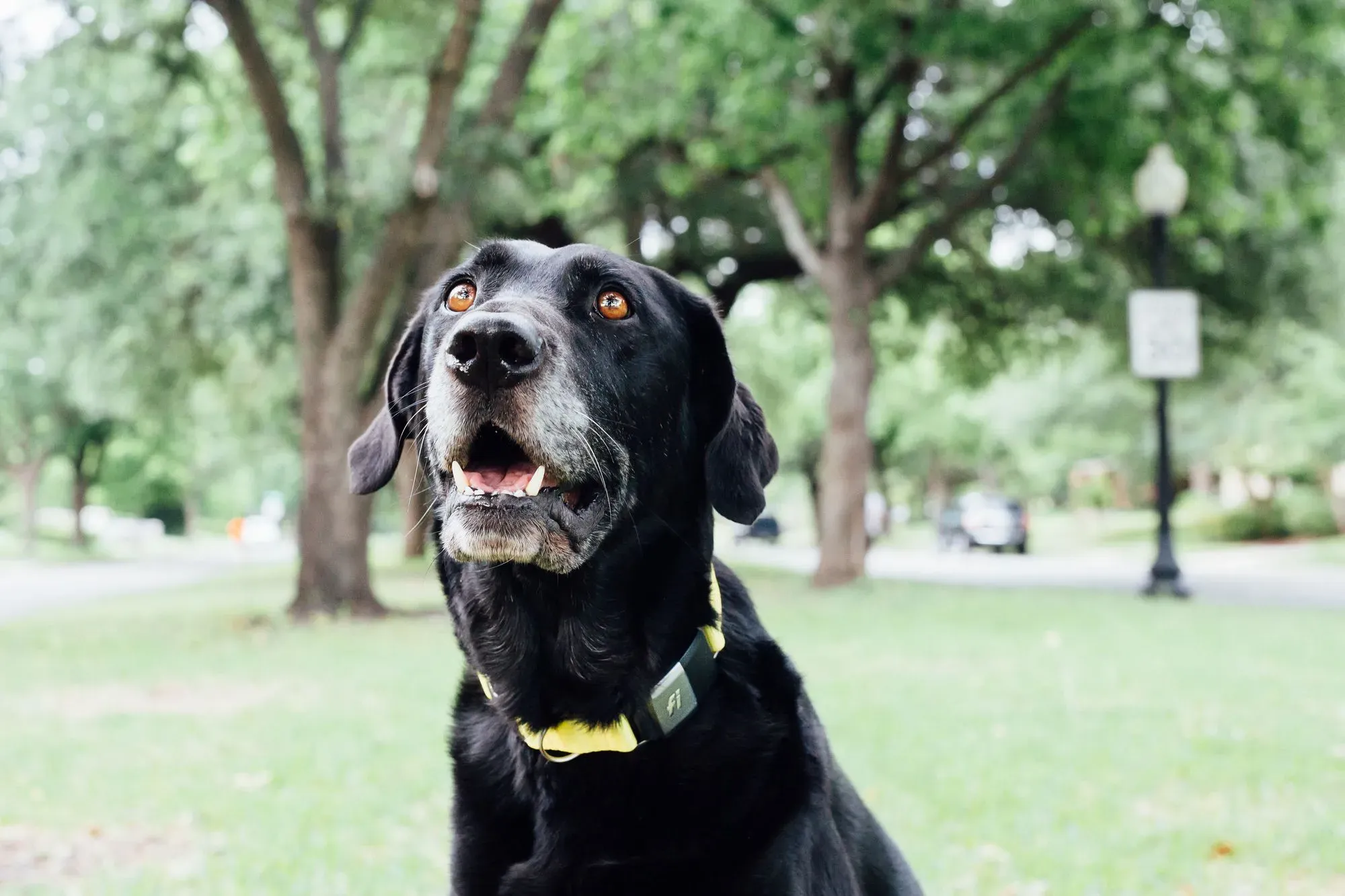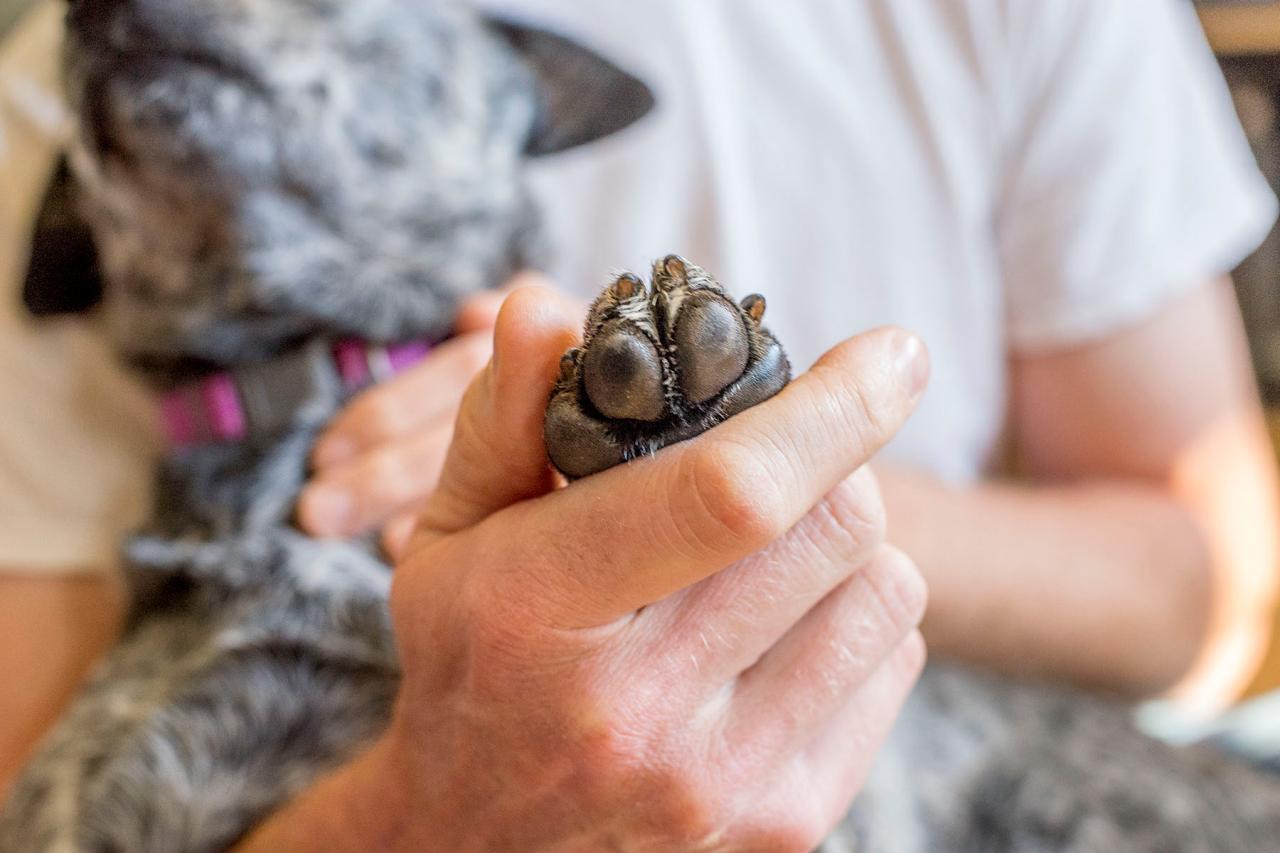Finally! We are getting to that point where, hopefully, many of us can start getting back to work. Your kids are probably ecstatic that you won’t be around to nag them anymore--but, what about your dogs? We’ve spoiled them over the past several months, and, no doubt, they’ve gotten used to a lot of extra attention. But now what?

Sadly, this scenario is a perfect set-up for Separation Anxiety. They’ve been so used to having you around, that they will now miss you and long for you. Many dogs respond by acting out from the frustration and anxiety—they become destructive, they may start to bark excessively, and, to get back at you, may start leaving you “presents” around the house to demonstrate their displeasure.
You can work to prevent this by starting to modify your routine by slowly beginning to withhold some of the added attention you’ve probably been giving. Even though you still may be home, don’t let your dog monopolize your time. You should also consider your toy choices:
- Find some toys that are self-rewarding, i.e. the toy provides the reinforcement—not you.
- Ease up on the interactive toys—the ball, the tug-of-war rope, and the frisbee.
- Put your dog in a sit or down-stay, and leave the room for a minute or so every 15 minutes, and don’t let him follow you, as it is important to re-establish their comfort in being alone. To make this more palatable for him (pun intended) leave him with a safe chew, hard rubber, or nylon bone to keep him busy.

Once your normal work schedule resumes it is important to downplay your coming and going. Here’s a few tips on how to do so:
- When you leave for work, make sure you have your purse, backpack, briefcase, etc. already in the car, give your dog that long-acting play toy or treat in a different room, then quietly walk out of the door.
- If your dog is very reactive to what goes on outdoors (other dogs, mail or delivery personnel, etc.) try to keep him out of that room, or keep the shades or window coverings drawn.
- It would also be wise to remove any of the interactive toys from sight so he doesn’t see them and start thinking about you.
- When coming home at the end of your work day, try your hardest not to go crazy with excitement when you see him! The bigger the deal you make of your return home, the more he will miss you and anxiously await your return.
One way to minimize a dog’s anxiety and his destructive behavior when alone, is by doing your best to wear him out before you leave. You might want to increase his exercise time by taking him for a jog, to the park to play fetch, or, if you have one and he enjoys it, let him play in the pool. I play fetch with my Yellow Lab by throwing the tennis ball into the pool for 15 to 20 minutes, and he’s ready to chill for hours.

A great way to make sure your dog is getting that right level of exercise is by using an activity monitor—my favorite is obviously the Fi collar, which not only quantifies activity via monitoring steps, but is also a GPS collar which will give any pet parent peace-of-mind knowing they can keep tabs on their dog as well as locate them should they be lost. By tracking and analyzing a dog’s activity, it makes it much easier to evaluate the success of your exercise program.
Hopefully, your dogs will not experience any stress or anxiety as you head back to work, but if he does, follow these suggestions to minimize the effects and to keep him at his best behavior. Good Luck!






